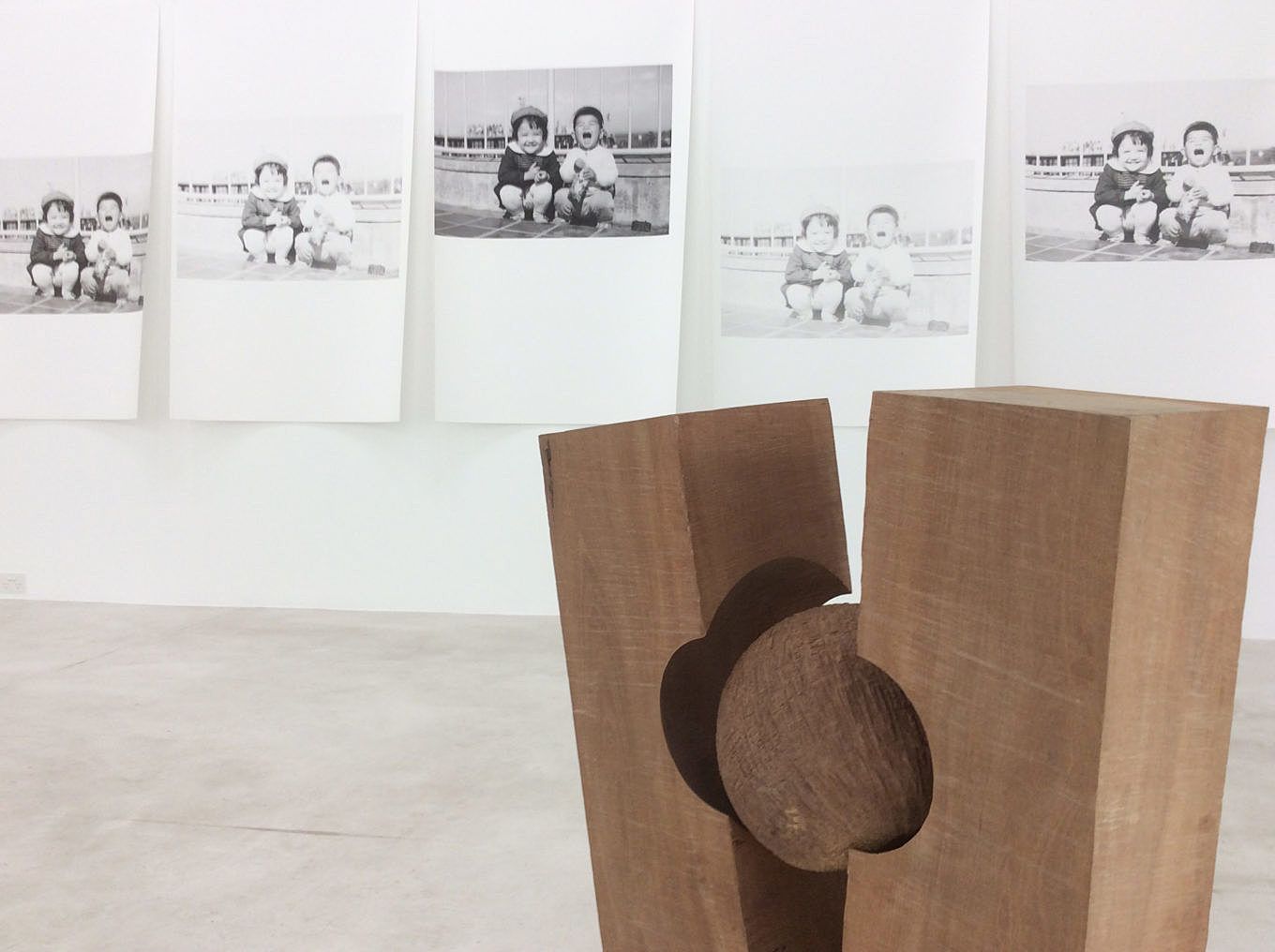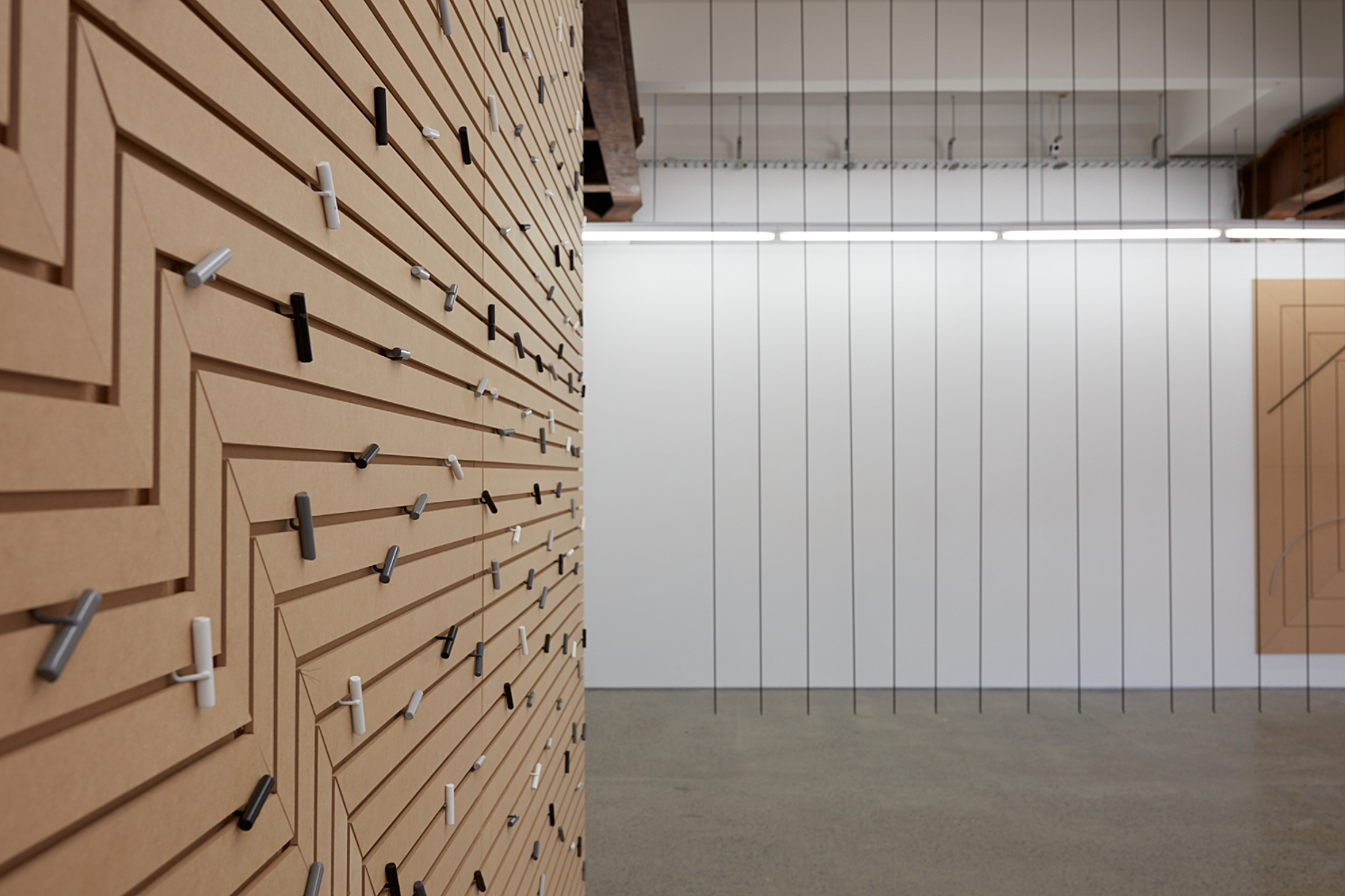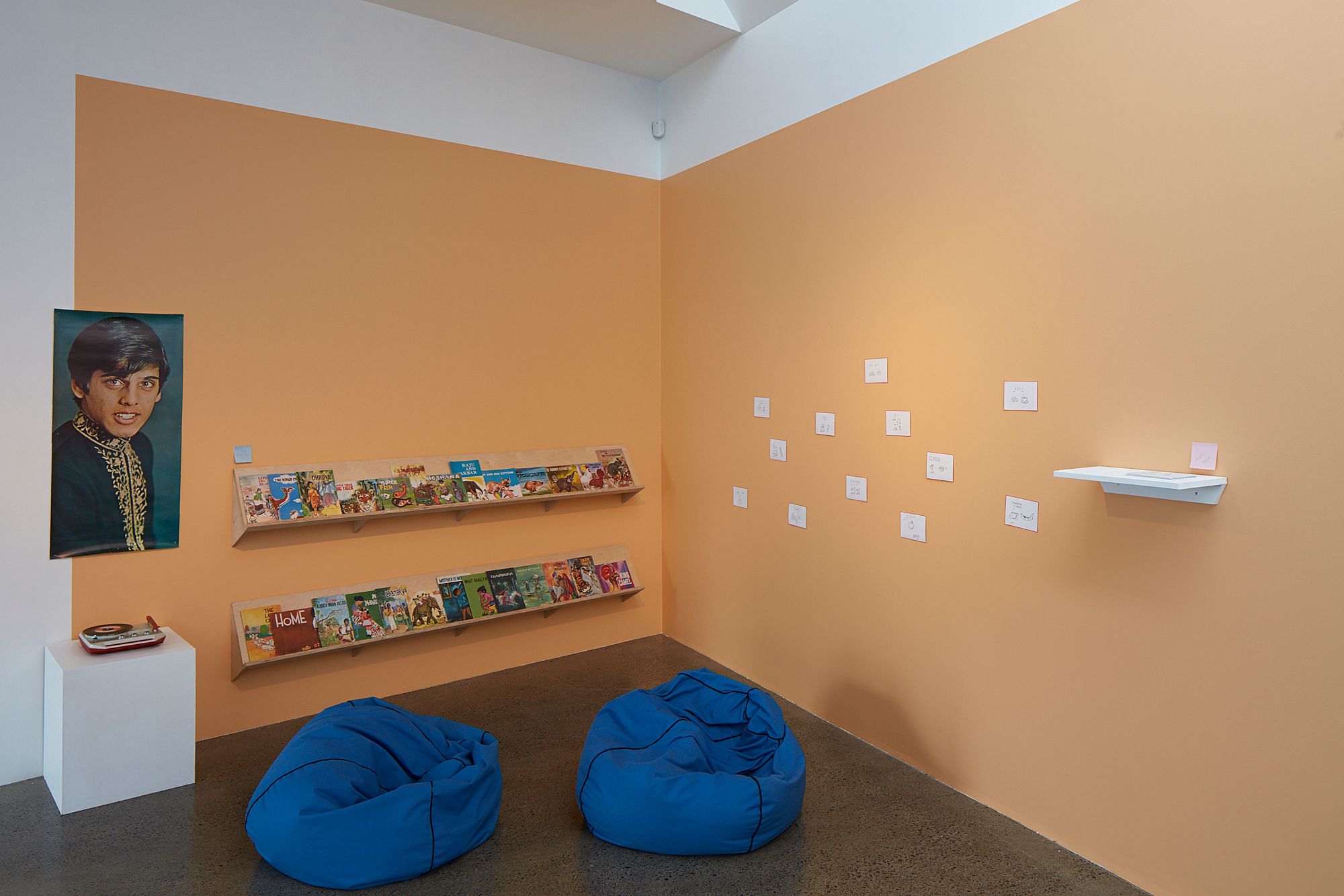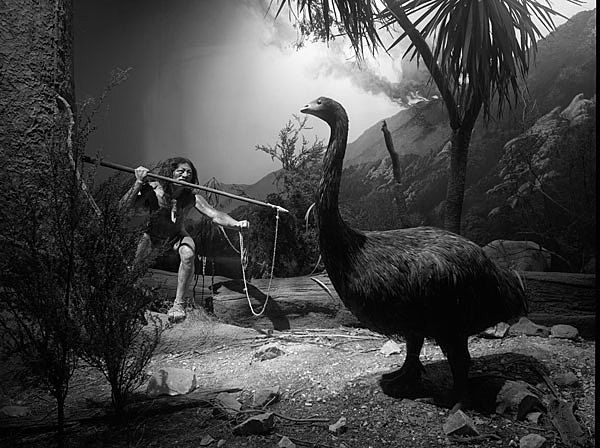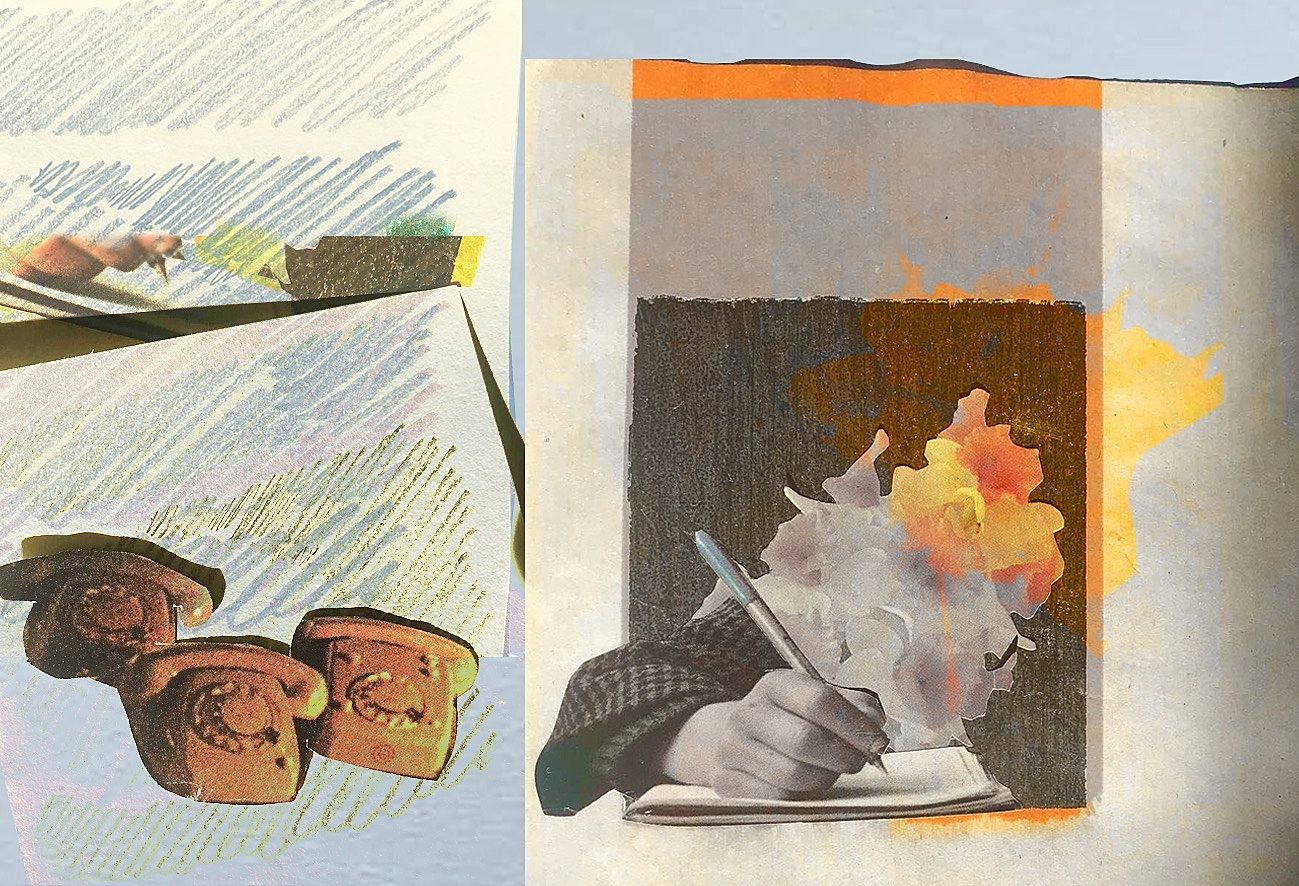The Unmissables: Four Exhibitions to see in September
A monthly round-up of notable, controversial and unmissable exhibitions in Tāmaki Makaurau and beyond.
A monthly round-up of notable, controversial and unmissable exhibitions in Tāmaki Makaurau and beyond.
August has not let us down for art offerings across the country. ST PAUL St just hosted their annual symposium. This year it was called Ipu ki uta, ihu ki tai, at Makaurau Marae with a keynote presented by Dr Carl Mika, and no doubt some of the conversations will be continued next week at Tai Ahiahi///Tai Awatea: Curating Contemporary Māori Art at City Gallery in Wellington. We are also starting to see glimpses of what some our country’s dealer galleries will be taking over to Sydney Contemporary, an art fair which puts our best art in front of international art buyers. This year Auckland galleries Bowerbank Ninow, Sanderson Contemporary, Gow Langsford, Starkwhite and Two Rooms among others will join the lineup.
We are leaving behind the crisp orange of Autumn for the slightly warmer Spring, and like the new lambs being born and the new plants blooming, new exhibitions are popping up all over the city. To help narrow down the field for September, our team pinpoints four unmissable exhibitions in Tāmaki Makaurau and Ōtautahi.
Turn of Phrase
Yona Lee has become known for her meticulously fabricated works that borrow from the vernacular of commercial fittings and public causeways. In her latest exhibition Turn of Phrase at Bowerbank Ninow, the artist has created large hook-and-slat panels that echo the modulated design of shop displays.
In the work Line on display (2017), thin steel rods bend, swoop and arc across MDF board, a joyous improvisation that expands the formal language of minimalism. Another two panels of similar construction are arrayed with small irregular metal hooks. These are intended by the artist for the viewer to reconfigure. On opening night, these precariously balanced pieces intermittently ricocheted across the concrete floor in a chaotic symphony as audiences interacted with work, which contrasted with the formal regularity of Lee’s ‘canvases.’
This might seem coincidental, but it is this balancing act between orderly form and spontaneous action that makes Lee’s work resonate. Played out over the duration of the exhibition, these subtle changes to the rhythm of the work overlay collective decision-making onto Lee’s industrial processes.
Herein lies the politics of Lee’s work: while she reconstructs the urban systems that orchestrate our movement, she also indicates the disorderly and eruptive potential these systems attempt to constrain. Perhaps this suggests a way of disentangling ourselves from such systems. Just watch your step on your way towards the exit, or you’ll find yourself (literally) ensnared. – Amy Weng
Turn of Phrase
Yona Lee
Bowerbank Ninow
23 August – 23 September 2017
Here, Now
A quiet, almost-Spring day created the perfect backdrop for visiting Kazu Nakagawa’s show Here, Now. Both the day and the show were imbued with a meditative and enigmatic presence.
As a tiny chair sits in front a large white canvas, the Trish Clark Gallery reminds me of an adult returning to a time where immediacy is everything – childhood. This memory continues to be triggered by a beautifully sculpted play pen made of the wood from native and introduced trees and cotton thread.
Yet this feeling is most tangible in a series of archival pigment prints called Here, Now and No other world, I - V. There are five prints of the same photo with varying opacities, the opaquest placed in the centre. In the photo two small children sit together – their faces ecstatic and adoring. As archival prints, the moment that made these children so happy passed long ago and the sense of time passing is emphasised by the less opaque prints.
The careful arrangement of Nakagawa’s wooden sculptural objects, cabinets, displays, prints and paintings forces the audience to consider the spaces in between, the spaces that we occupy. I found myself reflecting on what it means to be here, now. I left the show with unexpected feelings of unshakable longing. – Eloise Callister-Baker
Here, Now
Kazu Nakagawa
Trish Clark Gallery
15 August – 23 September 2017
The Asia-Pacific Century: Part Two (installation view), 2017. Photo Sam Hartnett.
The Asia-Pacific Century: Part Two
Lately, Tāmaki Makaurau has been treated to a superb selection of group exhibitions, most notably lei-pā at ST PAUL St Gallery, The Asia-Pacific Century: Part Two at Te Uru Waitakere Contemporary Gallery, and Social Matter at RM. These shows – which share a number of contributors – converse with one another across the isthmus, enacting or embodying the ideas of shared experience and cooperative exchange that underlie all three.
I am particularly impressed by The Asia-Pacific Century: Part Two. Following on from The Asia-Pacific Century: Part One, held at Enjoy Public Art Gallery in Te Whanganui-a-Tara Wellington last year, it explores Aotearoa’s transition from a Pākehā-dominated country to one more grounded in its Asia-Pacific location and in the peoples and cultures of this region. It is a generous and inviting exhibition, with works that encourage visitors to touch, write, and talk – as well as to look, read, and reflect.
In the face of jingoism and white nationalism, The Asia-Pacific Century: Part Two suggests that the coming Aotearoa will be a welcoming place, one that does not begrudingly accept the increasing visibility of Māori, Pacific, and Asian cultures as an ‘inevitable change’, but instead recognises that pluralism has long been at play in this country, and that it is at the heart of anything we might rightly celebrate as ‘Kiwi culture’. – Francis McWhannell
The Asia-Pacific Centry: Part Two
Te Uru Waitakere Contemporary Gallery
29 July – 1 October 2017
Photo courtesy of the artist and the gallery.
Repatriation and Moa Hunter Fashions
Carving time is an incredibly difficult thing to do. Yet the objects in Repatriation by Areta Wilkinson and Mark Adams and Moa Hunter Fashions by Wilkinson are cut with heritage and its ethereal relationship to symbols and spirituality. Silhouettes and shadows of moa bones float murky on photographic surfaces, the imprint of time and interaction exposed onto the surface. The tracing of ancestral Māori forms is further expressed in shaped jewellery. Frames lean against the walls and pendants hang raw from their ties as formal gallery tactics don’t sit comfortably here – this isn’t a museum.
These overlapping bodies of work take on a challenging subject and find an intersection of Pākehā and Māori artistic practice, presenting a possibility for what this dynamic might look like in the future. Wilkinson and Adams provide insight into how dialogues can be created with the past while respecting taonga. Each piece brings the viewer’s cultural identity into the light. What do these symbols mean to you and what are the connotations of wearing one? – Cameron Ralston
Repatriationand Moa Hunter Fashions
Areta Wilkinson and Mark Adams
The National
22 August – 9 September 2017
The Unmissables is presented in a partnership with the New Zealand Contemporary Art Trust, which covers the costs of paying our writers. We retain all editorial control.
